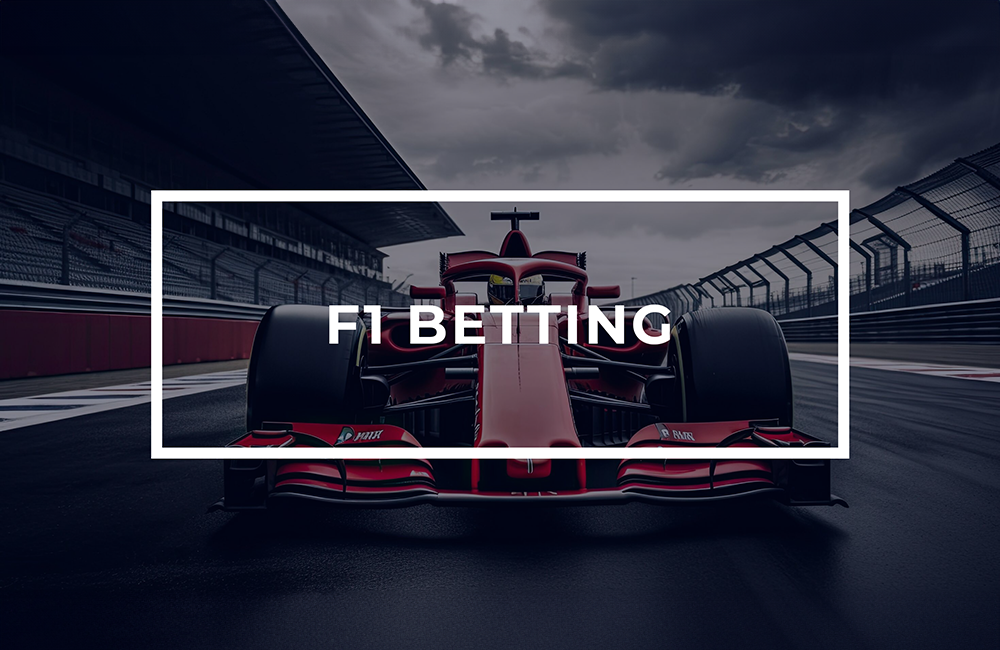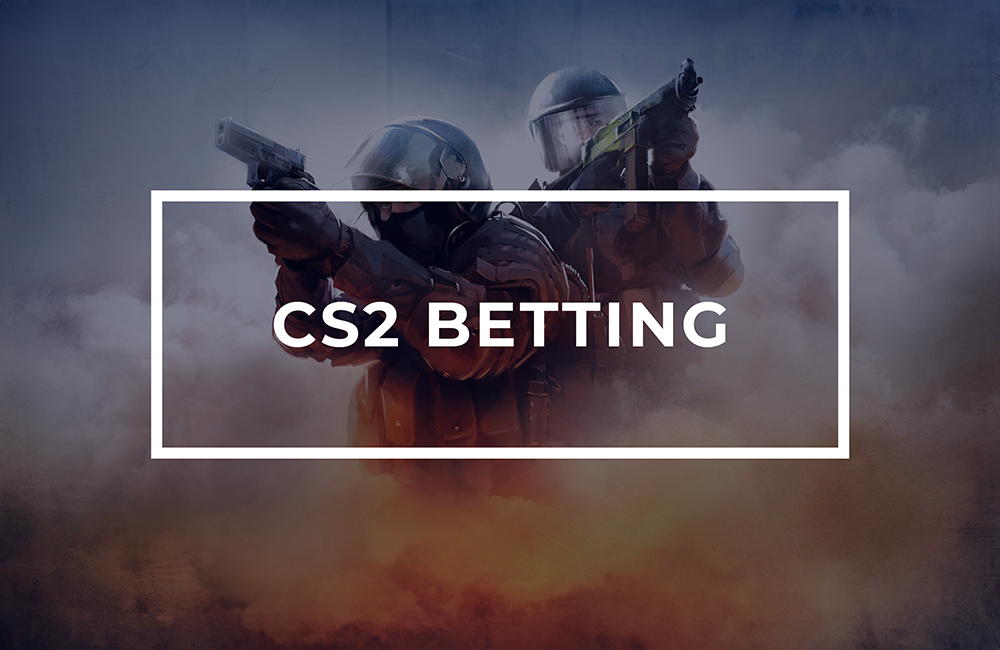Betting on Formula 1 (F1) offers a unique and exhilarating experience due to the high-speed nature of the sport, the strategic depth involved, and the variety of betting markets available. Whether you’re a novice or an experienced bettor, understanding the intricacies of F1 betting is essential for making informed wagers. This guide will provide you with everything you need to know to get started and succeed in F1 betting.
1. Understanding the Basics of F1 Betting
1.1 What Is F1 Betting?
F1 betting involves placing a wager on the outcome of a Formula 1 race or specific events within the race weekend. The objective is to predict the outcome correctly to win money. F1 is a global sport, with races taking place across different countries and circuits, each offering unique challenges and opportunities for bettors.
F1 betting markets have expanded significantly over the years, moving beyond simply predicting the race winner. Today, you can bet on a wide range of outcomes, including driver matchups, fastest laps, podium finishes, and even specific events during the race, such as safety car deployments or pit stop strategies.
1.2 How Odds Work
Odds are the cornerstone of betting, representing the probability of a particular outcome and determining how much you stand to win. Understanding how odds work is crucial for making informed bets.
- Decimal Odds: Common in Europe and Canada, decimal odds are straightforward. For example, if the odds are 3.50 and you bet $10, your total payout would be $35 ($10 x 3.50), which includes your original stake.
- Fractional Odds: Common in the UK, fractional odds are shown as fractions, such as 5/2. This means for every $2 you bet, you could win $5 in profit.
- American Odds: Primarily used in the United States, American odds can be positive (e.g., +250) or negative (e.g., -150). Positive odds indicate how much you would win on a $100 bet, while negative odds show how much you need to bet to win $100.
1.3 Types of Bets
There are several types of bets you can place on F1, each offering different levels of risk and reward:
- Race Winner: The most straightforward bet, where you wager on which driver will win the race. Due to the dominance of certain teams or drivers in F1, these bets can sometimes offer lower odds for favorites but higher odds for underdogs.
- Podium Finish: In this bet, you wager on a driver to finish in the top three positions. This bet is safer than picking the race winner, as it allows for more flexibility in the final positions.
- Fastest Lap: This bet involves predicting which driver will set the fastest lap during the race. Sometimes, drivers outside the top positions will pit late in the race to go for the fastest lap on fresh tires, making this an intriguing market.
- Driver Matchups: These bets involve picking one driver to finish ahead of another in a head-to-head matchup. The focus is on the relative performance of two drivers rather than the entire field, making this a popular bet when the race winner seems too predictable.
- Pole Position: This bet involves wagering on which driver will secure the pole position during qualifying. Qualifying is a separate session from the race, and different drivers and teams might excel in this format.
- Safety Car: This bet involves predicting whether a safety car will be deployed during the race. Some circuits, known for their tight turns or high-speed sections, are more likely to see safety car deployments.
- Points Finish: You can bet on whether a driver will finish in the points (top 10). This is a good option for betting on midfield drivers who may not win but consistently score points.
- Constructor Bets: Instead of focusing on drivers, these bets are placed on teams, such as which team will have both cars finish in the points or which team will win the Constructors’ Championship.
2. Advanced Betting Markets and Strategies
2.1 In-Play Betting
In-play or live betting allows you to place bets during the race, with odds fluctuating based on the action. This type of betting is particularly popular in F1 due to the dynamic nature of the races, where strategies and outcomes can change rapidly.
- F1 In-Play Betting: In F1, races are often influenced by factors such as weather changes, safety car deployments, pit stop strategies, and mechanical failures. Bettors need to stay engaged and respond quickly to capitalize on these events.
- Strategies: A common strategy is to bet on a driver to win after they’ve made an early pit stop, especially if they are on a different strategy than the rest of the field. Another strategy is to bet on drivers to gain or lose positions based on the timing of the safety car or pit stops.
2.2 Qualifying and Practice Betting
Qualifying and practice sessions offer additional betting opportunities before the main event.
- Qualifying Bets: Qualifying is crucial in F1, as starting position can significantly influence race outcomes. Bettors can wager on which driver will secure pole position or which team will have the fastest car in qualifying. Analyzing practice sessions and historical performance at the circuit can provide valuable insights.
- Practice Session Bets: Practice sessions are used by teams to fine-tune their cars for the race, but they can also provide clues about performance. Some bookmakers offer bets on which driver will be fastest in each practice session. However, be cautious, as teams often use different strategies during practice, and the fastest driver in practice isn’t always the fastest in qualifying or the race.
2.3 Long-Term Bets (Futures)
Long-term or futures bets involve wagering on outcomes that will be decided at the end of the season.
- Drivers’ Championship: This bet involves predicting which driver will win the Drivers’ Championship. This market is usually open before the season starts and remains active throughout the year, with odds fluctuating based on race results.
- Constructors’ Championship: Similar to the Drivers’ Championship, but focused on which team will win the Constructors’ Championship. Teams with two strong drivers often have an advantage in this market.
- Race Wins and Podiums: You can also bet on how many races a particular driver will win in a season or how many podium finishes they will achieve. These bets require a good understanding of the entire season’s calendar and how each driver performs on different types of circuits.
2.4 Weather and Track Conditions
Weather and track conditions play a significant role in F1 and can dramatically affect race outcomes.
- Rain Races: Wet conditions often lead to more unpredictable races, with increased chances of accidents, safety car deployments, and unexpected winners. Bettors who understand which drivers excel in the rain can find value in these conditions.
- Track Characteristics: Each circuit has unique characteristics, such as high-speed sections, tight corners, or abrasive surfaces. Understanding how different cars and drivers perform on specific tracks can provide an edge in betting. For example, teams with strong aerodynamic packages often perform better on high-speed tracks, while cars with good traction might excel on circuits with many tight corners.
3. Key Factors to Consider Before Placing a Bet
3.1 Driver and Team Form
Understanding the current form of drivers and teams is crucial for making informed bets.
- Driver Form: Look at recent performances, particularly in the last few races. Some drivers may perform better at certain circuits or in specific conditions, so consider their track record. Pay attention to any changes in performance, which could indicate improvements or struggles with the car.
- Team Performance: Teams play a crucial role in F1, with the car’s performance often dictating a driver’s chances. Monitor the development of the car throughout the season, as some teams may improve significantly, while others might fall behind. Also, consider the team’s strategy and how effectively they execute it during races.
3.2 Qualifying Performance
Qualifying results are often a strong indicator of race performance in F1, as starting position can greatly influence the outcome.
- Pole Position Importance: At some circuits, starting on pole is a significant advantage, especially on tracks where overtaking is difficult. However, at other tracks where overtaking is more common, qualifying may be less crucial.
- Qualifying Gaps: The gap between drivers in qualifying can also provide insights. A large gap between the front-runners and the rest of the field might indicate a race where only a few drivers have a realistic chance of winning.
3.3 Pit Stop Strategies
Pit stop strategies are a critical component of F1 races and can often determine the outcome.
- One-Stop vs. Two-Stop: The choice between a one-stop and a two-stop strategy depends on factors like tire wear, track conditions, and race pace. A well-executed pit stop strategy can allow a driver to undercut or overcut competitors, gaining positions without having to overtake on track.
- Undercuts and Overcuts: An undercut involves pitting earlier than the driver ahead, with the aim of setting faster lap times on fresh tires to gain a position when the other driver pits. An overcut is the opposite, staying out longer to take advantage of clear air or deteriorating tires on the competitor’s car.
3.4 Weather Conditions
Weather can have a significant impact on F1 races, influencing everything from tire choice to race strategies.
- Wet Weather: Rain can level the playing field, allowing less competitive cars and drivers to challenge for higher positions. Wet conditions also increase the likelihood of safety cars, crashes, and unexpected results.
- Temperature and Tire Management: Temperature affects tire performance, with different tires performing better in specific conditions. Hotter temperatures can cause tires to overheat and degrade faster, while cooler temperatures might make it difficult to get tires up to their optimal operating range.








